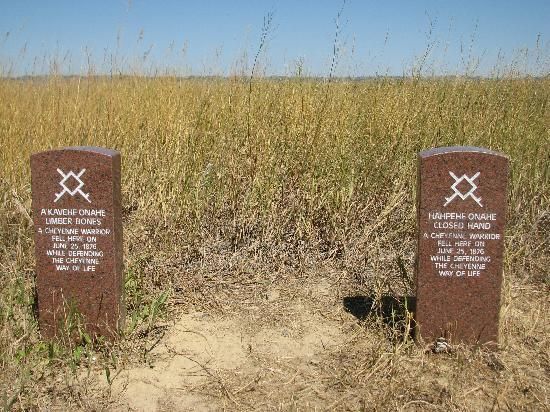Stiles, T.J. Custer’s Trials: A Life on the Frontier of a New America, Alfred A. Knopf, New York, 2015 (582pp.$30)
Dozens if not scores of books have been written about George Armstrong Custer (nicknamed Fanny by his West Point brothers on account of his flowing locks) and in each of them he emerges as a racist, bigot (nothing unusual about that in his era), blowhard, liar, thief, underhanded brownnoser, secret and not so secret Southern sympathizer, brilliant cavalry tactician, gallant soldier, loyal friend, and Indian killer (if you count women and children and old men). In his youth he was a perfidious flirt and after marriage an adulterer with a wife well-educated wife who spent considerable time buffing up his ego and his reputation. He came last in his class at West Point and first in demerits for misbehavior. He was court martialed twice by the Army, failed as a businessman on Wall Street (he really favored city life and luxury over the “frontier”), and wrote florid, sentimental prose that revealed his lack of literary talent. Many “Back East” hated him and many of his men admired him and the usual judgment about Little Big Horn is that his troop was overwhelmed by a joint Lakota-Chenenne-Arapahoe attack that nobody could have expected. He may have been greedy for glory but he wasn’t stupid.
The dust jacket of T.J. Stiles’ new book, “Custer’s Trials”, promises that the author will demolish “Custer’s historical caricature” revealing instead a “volatile, contradictory, intense person–capable yet insecure, intelligent yet bigoted, passionate yet self-destructive, a romantic individualist at odds with the institution of the military.” Indeed, “Custer’s Trials” is exemplary in every way, replete with instances of detailed scholarship and compelling analysis, dense with psychological insight, and written in a tight, adroit style that only occasionally meanders. Historical photographs seem aptly chosen with an attention to meaty matters and as always, the publisher Knopf has produced the kind of book anyone would be proud to own, made on fine paper, with a couple of excellent maps, a set of profoundly informative notes, topped off with a first-rate bibliography.
Yet, instead of demolishing some kind of “caricature” (if indeed one exists), in every way it confirms the Custer did indeed lie frequently to his fellow officers (often to cover other lies), that he was a bigot and Southern sympathizer (his family coming from old-line border state Democrats) and a thief, having copped, in the confusion after the Civil War, a prize thoroughbred stallion named Don Juan, which he secreted in his hometown of Monroe, Michigan, and hoped to sell for $10,000. General Grant tried to track the horse down, knowing what Custer had done. The history of Custer’s time in south Texas during Reconstruction is particularly grim, full of murder and mayhem as locals regained control of “contraband” (former slaves) and put them back in figurative chains, Custer sympathizing with those aims too. Custer wrongly executed one of his men who just wanted to go home. Another underwent a Dostoyevskian mock execution before being untied and set to ten years hard labor.
The question I suppose is just exactly how this book “demolishes” Custer’s historical caricature? After all, history has always considered Custer volatile, contradictory and intense, a romantic individualist at odds with the Army. The ultimate truth is that he was a preternaturally lucky man. As hundreds around him died, he lived, despite leading charge after Civil War charge. He cheated on his wife but never got caught. Court martialed, he continued his career. He was even lucky in death, having a wife who gave him through her writings and reminiscences, a fame that in life might have eluded him in old age. Libbie Bacon Custer was lucky too. Her investments in New York real estate and her literary output made her a wealthy woman.


